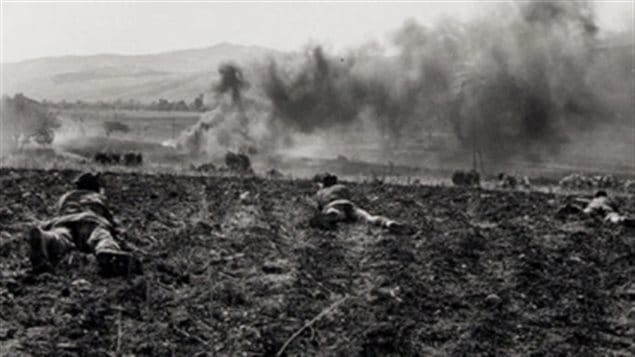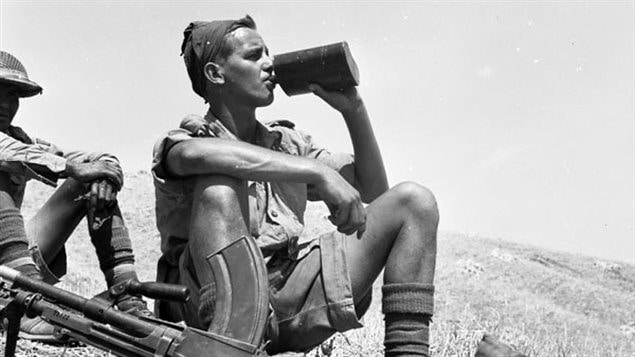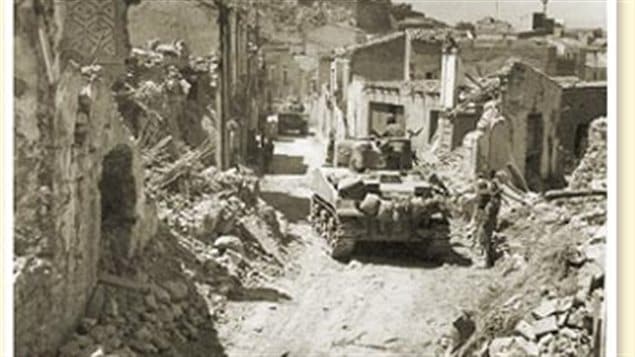The vast majority of people who think about the invasion of Europe in the Second World War, think of D-Day and the beaches of Normandy in 1944.
That was the second invasion.
The first actually occurred almost a year earlier.
On July 10, 1943 Operation Husky began with tens of thousands of Allied troops in the then biggest invasion fleet in modern history.
More that 25,000 Canadians took part, landing near Pachino.
While the disaster at Dieppe is often excused as a valuable learning experience for the later D-Day landings, it was actually Op Husky where valuable lessons were learned in logistics, coordinated landings, securing the beachhead and moving inland from an invasion.

While the initial invasion went well against Italian forces, fierce resistance was met against German troops.
Most of their vehicles having been lost onboard ships sunk by German subs in the Mediterranean, Canadians had to march most of the way across the hot, dusty mountainous terrain of Sicily, fighting their way through places like Ragusa, Grammichele, Valguarnera and Assoro.
At Monte Assoro the Germans had built strong defences in the old castle which dominated the surrounding countryside blocking any advance.
The only way up was via a cliff the Germans thought impossible to climb.

Under moonlight a small group of Canadians from the Hastings and Prince Edward Regiment clawed up the cliff without making a sound and surprised the few German guards. A heavy, day-long close combat battle ensued but the Canadians took the position.
Later in Leonforte, a new challenge was faced as the Germans had blown the bridge into the town. Under fire, the Canadians erected a bridge over the ravine. Delayed by German shellfire, the Princess Patricia’s Canadian Light Infantry engaged in a daring attack with tanks of the Three Rivers Regiment. At 0900, they dashed across the bridge surprising the Germans by the quick move.

So quickly in fact that the lead tank rammed right into a German Panzer on the main street and destroyed it with a point blank shot.
The fighting then involved intense house to house combat and even a bayonet charge.
Throughout the Sicilian Campaign, the Canadians had shown daring, initiative, and determination. They had fought through 240 kilometres of mountainous country—farther than any other formation in the Eighth British Army and during their final two weeks, they had borne a large share of the fighting on the Allied front.
In 2013, a commemorative trip was organized to honour and remember the Canadians who had fought and died in this struggle.







For reasons beyond our control, and for an undetermined period of time, our comment section is now closed. However, our social networks remain open to your contributions.